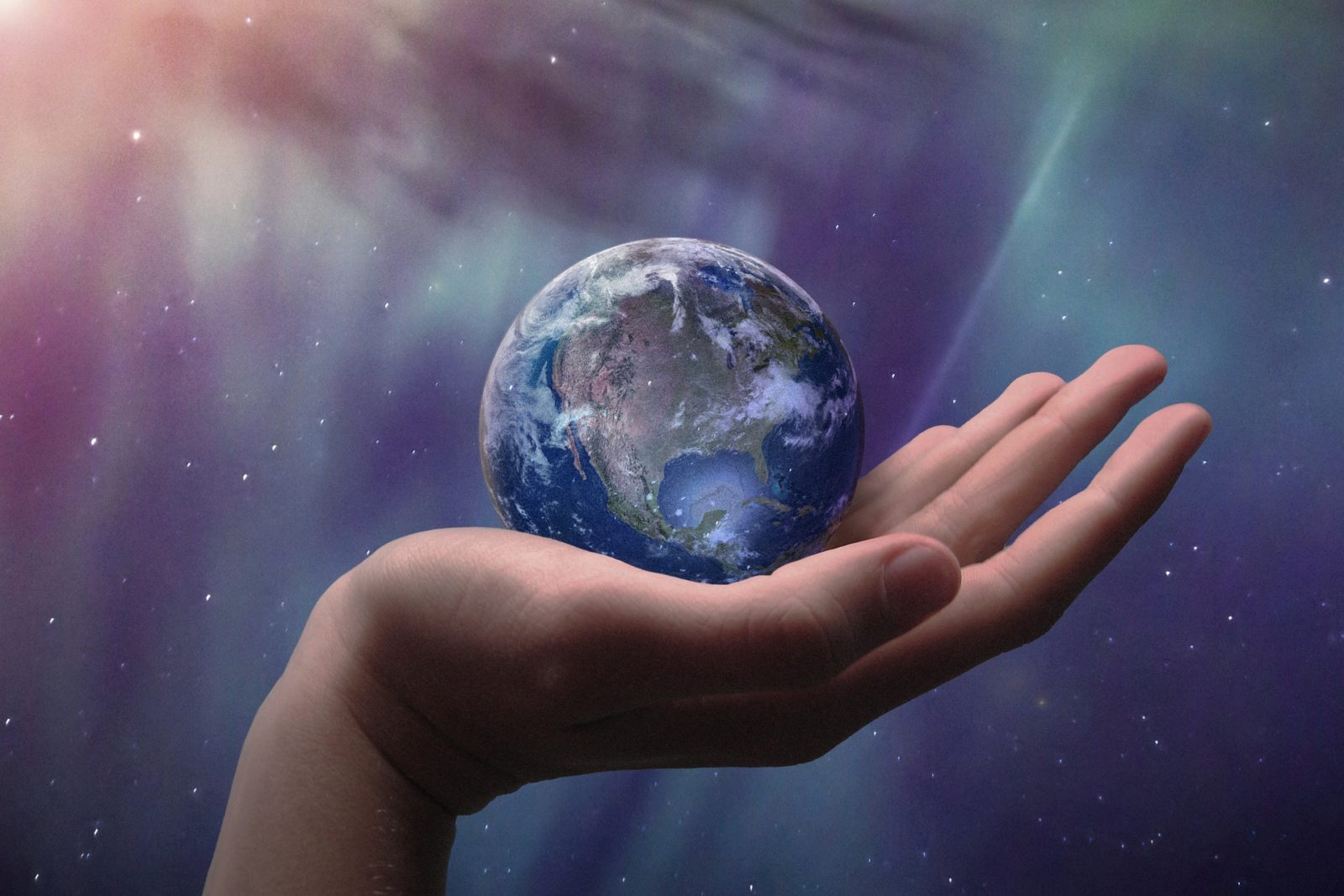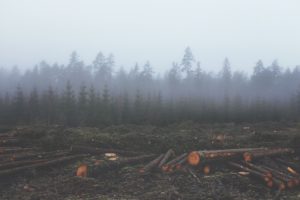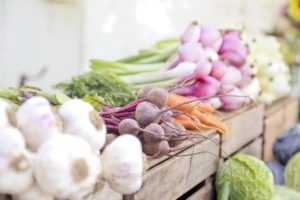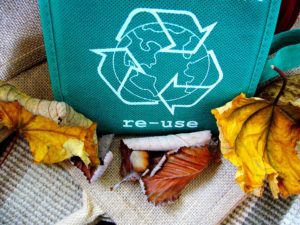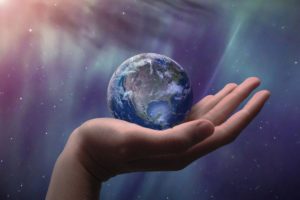- Nessun prodotto nel carrello
By Francesco Lolli
The One planet living is the idea that we all live on the only planet we have available. It is a concept rationalized by the WWF in recent years and relaunched by numerous local and international initiatives to create real communities, stimulated activists and created jobs from volunteering to managerial.
The project, with a planetary footprint already from the title, is aimed at sensitizing the world community about the fact that there are no B plans or reserve planets to consume and it is the heir of what was once the article 21: The (non-binding) invitation to take action aimed at individual signatory countries and not regarding pollution and global warming after the Kyoto Protocol meetings of 1997.
Twenty years later we can personally see how and how much a non-binding invitation to nations whose competing economies would have been negatively affected by the adoption of a less competitive environmental policy in the middle of an industrial race has been practically zero success and demand, the invitation and the exhortation are passed to the direct heir and responsible of the environmental policies: The single citizen.
Because we are all part of this program because we all live and are responsible for this planet, for the contribution we can make to safeguarding it and the energy footprint in terms of waste, consumption and pollution that we leave behind.
It is no longer from the big industry that the highest level of consumption and pollution comes, but from individual homes and from the food and life habits of their inhabitants and precisely on food, transport and energy.
The data collected by the WWF international in this regard speak for themselves: from 1970 to today the planet has lost 70% of the world vertebrate population following pollution and deforestation and 38% of natural pastures, equally divided into 4 continents, have been expropriated from intensive farming and agriculture which in turn consume 70% of the fresh water we use.
What can we do then?
The program focuses on a series of points from which everyone, more or less, can take inspiration:
Nutrition: The first and most way in which we can contribute to the well-being of our planet (and ours) concerns what we put on our plate every day. Intensive agriculture has spread over the four continents in similar proportions and occupying 38% of natural pastures, and the current economy is based on hypertrophic and geo-localized production aimed at superproduction and preservation of products destined for international trade. All this while today a billion people are under the threshold of hunger and current estimates give the world population growing by three billion units by the end of the next decade. A small, simple step that can be done is to balance one’s diet in order to limit the environmental impact of our daily consumption.
First of all by eliminating waste, a gesture that is always important, and then choosing products at Zero and Seasonal Km that are first and foremost the healthiest we can find on the market, generally not preserved and contributing to a territorial revival of agriculture. The technical and architectural innovations are then giving birth in the major cities to numerous “vertical gardens”, which can be added to the small garden that anyone, with satisfaction, can cultivate by itself. Fish consumption is also to be taken into consideration: just diversify the types of fish we put on the table to help weigh less on the individual species.
Materials and Recycling: The pollution of the seas and the floating, open-air or buried dumps surrounding us are the litmus test of the situation. Unbridled consumerism and the disposable policy of the last few decades have contributed to the planet’s material and chemical pollution, and the first to contribute to unbridled production are the buyers. Also thanks to the economic crisis we can realize how it is convenient to reuse the available products as much as possible and this can be done by returning to focus on the quality and usefulness of everyday objects, from cutlery to clothes to utensils that fill our homes and of which we are owners and responsible.
Just think of the straws or plastic cutlery that after a single use are thrown away and almost never recycled: just think of how being used to washing and storing plates, forks and knives is enough to prevent the waste of thousands of tons of plastic in a day or the history of the DumDum Republic of Paestum: a pasta factory that has given new life to ziti reborns like zero impact straws.
Transport and Energy: What we eat, what we consume and what we do depends on us. Travel less because we are now held hostage by the transport network that surrounds us. Taking the bike or taking a healthy walk is often not enough or not possible, but we can still choose to share a trip by car or reset risks and queues by taking public transport. Fortunately, many cities are reinvesting on public transport and above all on its efficiency: the electric is the engine of the new millennium, on this there is no rain, but how to get electricity is the crux of the matter: New scientific research and in the first place examples of countries like the Netherlands or Germany indicate that with the right investment a country can be sustained with clean, renewable and natural energies such as sun, water and wind, and the next big step will have to be to shut down incinerators and nuclear power plants , to realize that when the force of the wind is able to sustain a city it is paradoxical that this continues to burn coal to boil water.
The one planet living is all this and much more: It is every single gesture that is made by each of us to help keep the planet and the world around us healthy. It is the series of small daily gestures that makes us healthier, happier and disciplined in a certain sense because it contributes on a personal level to stimulate our activity, to get out of the routine to think of ourselves first and responsible towards ourselves and ourselves others.


